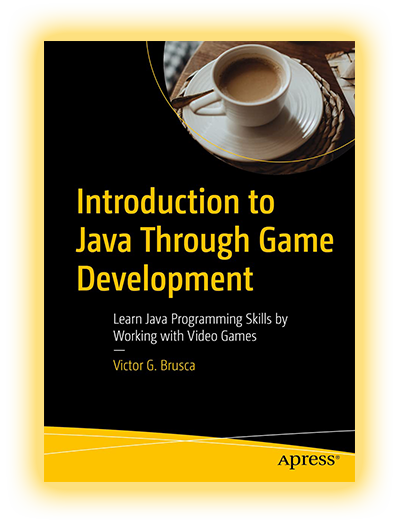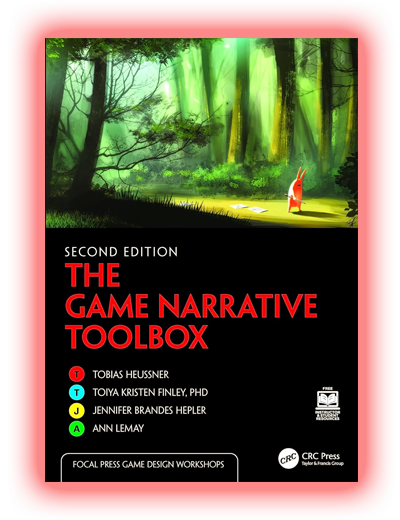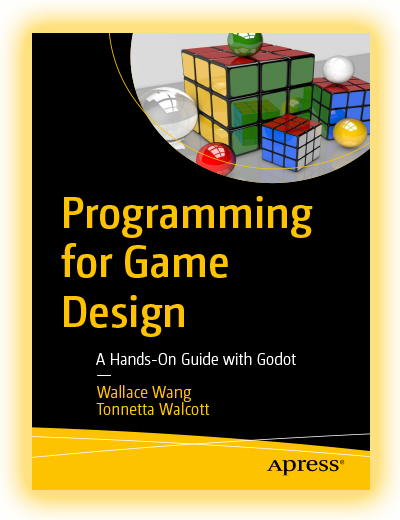I’m Sarah Mitchell, a Lead Game Designer with over a decade of experience in the game development industry. I hold a B.A. in Interactive Media & Game Design from the Savannah College of Art and Design. Since 2012, I’ve worked across indie and AAA studios, designing everything from narrative-driven adventures to live-service multiplayer systems.
Game design sits at the intersection of storytelling, psychology, and systems thinking. I write about books on game design because I believe good design doesn’t happen by instinct - it happens through structured thinking, iterative testing, and player-centered creativity. My goal is to review game design books that not only inspire but also provide actionable frameworks and real-world insights. I focus on books that help designers bridge theory with hands-on application - whether you’re crafting compelling mechanics, onboarding flows, or monetization strategies.
My Game Design Philosophy
I design games to create memorable experiences - not just mechanics. Great game design happens when systems, feedback, emotion, and pacing come together with purpose. I believe in designing with empathy and testing relentlessly.
- Every mechanic should serve the core loop
- Onboarding is not a tutorial - it's the first impression
- Good UI is invisible; great UX is empowering
- Reward structures shape long-term engagement
- Systems must support player agency, not limit it
- Design for player goals, not just features
Designing Gameplay, Systems, and UX in Real Projects
I've contributed to multiple shipped titles across platforms (PC, console, mobile). My roles have included systems design, narrative design, UX/UI planning, and live-ops strategy. I’ve worked with cross-functional teams to turn vision into mechanics, and mechanics into player-driven stories.
Highlighted Projects:
- ChronoRealm – Tactical RPG (Console/PC). Led systems and progression design for a turn-based RPG. Designed skill trees, resource economy, and AI behavior. Collaborated with narrative to ensure lore integration within gameplay mechanics.
- TapVerse – Mobile Idle Game. Created progression loops, upgrade systems, and monetization mechanics. Focused on early retention, soft economy balance, and AB testing across core features. Integrated rewarded ads and live events.
- Outpost Zero – Online Survival Sandbox. Designed crafting, tech tree, and base-building systems. Contributed to UX/UI for inventory and construction interfaces. Implemented PvE encounter pacing and community-building features.
- DreamPilot – VR Puzzle Experience. Led level design and interaction prototyping in Unity. Focused on sensory feedback, motion comfort, and intuitive design using hand-tracking and gaze-based mechanics.
-
GameDesignLab – Educational Tool for Students. Side project: Built an interactive design sandbox for aspiring game designers. Users could simulate
mechanics, test player choices, and explore design archetypes (e.g., power curves, feedback loops, risk/reward).
The Game Design Tools and Systems I Use to Create Immersive Player Experiences
As a Lead Game Designer, I focus on designing gameplay systems, mechanics, and progression loops that captivate and retain players. My work bridges creativity and technical execution - I collaborate with developers, artists, and producers to ensure design vision becomes playable reality. From prototyping to live balancing, I emphasize clear documentation, player feedback, and systemic thinking.
Here’s a breakdown of the tools and disciplines I use to build and iterate on engaging game experiences:
| Tool / Discipline | Using Since | How I Use It in Practice |
| Unity (C# scripting) | 2018 | I prototype gameplay mechanics, set up logic for triggers, and test level design flow using Unity’s scene tools and MonoBehaviour scripts. |
| Unreal Engine (Blueprints & C++) | 2021 | I use Blueprints for rapid system testing and C++ for custom logic in action-heavy or networked games. UE is ideal for high-fidelity gameplay projects. |
| Game Design Documentation (GDDs) | 2017 | I create clear, living design documents outlining systems, mechanics, player objectives, and UX considerations for dev teams to implement. |
| Level Design Tools | 2019 | I build greybox environments in Unity/Unreal and refine them based on pacing, challenge curves, and user flow testing. |
| Balancing Systems & Economy Design | 2020 | I design and tune in-game economies, skill trees, reward structures, and difficulty curves, using spreadsheets, simulation tools, and telemetry. |
| Figma / UX Wireframing | 2022 | Used for designing HUDs, menus, and onboarding flows. I build clickable prototypes for UI logic reviews and iterative player testing. |
| Miro / Lucidchart | 2021 | I diagram progression systems, feature dependencies, and live content roadmaps for multi-disciplinary teams to follow. |
| Playtesting & Analytics | 2018 | I run structured playtests and analyze data from event tracking tools (e.g., Unity Analytics, GameAnalytics) to adjust features based on player behavior. |
Game Design Isn’t Just Fun - Here’s How to Get Started
- Read "Multiplayer Game Development with Unreal Engine 5" by Marco Secchi
- Practice building small games in Unity or Godot
- Join game jams - fast iteration is the best teacher
- Study classic games from a systems perspective
- Learn to give and receive design feedback early
- Prototype with paper before building
- Always playtest - design without feedback is guessing
What You Should Know - Answered by a Practitioner
Q1: How do I start learning game design without a programming background?
Start by building tabletop prototypes. Game design is about rules, feedback, and interaction - not code. Tools like Twine, Construct, and Unity (with no-code assets) make it easy to test ideas. Also, read Rules of Play and analyze simple mobile games for structure. Understanding player psychology and loops matters more than technical complexity at first.
Q2: What makes a game design book valuable?
The best books offer mental models you can apply to any genre or platform. They go beyond storytelling and visuals - they show you how to shape engagement, how players think, and how to test ideas systematically. I look for books that are honest about the design process: messy, iterative, and player-driven.
Q3: Is formal education necessary to become a game designer?
No - but structured learning helps. Many great designers are self-taught through game jams, books, and collaboration. However, studying game theory, psychology, and usability gives you a huge edge. Game design books, communities, and peer feedback will often teach you more than a classroom can.
Q4: What is the biggest mistake beginner designers make?
Falling in love with an idea before testing it. Many new designers focus too much on lore, visuals, or massive features - without validating if the gameplay is fun or functional. The sooner you prototype, the faster you learn. Always ask: “What will the player do - and why?”




